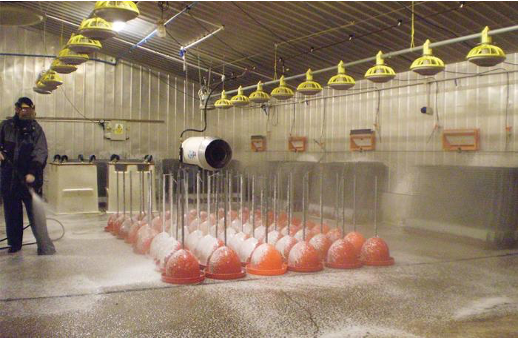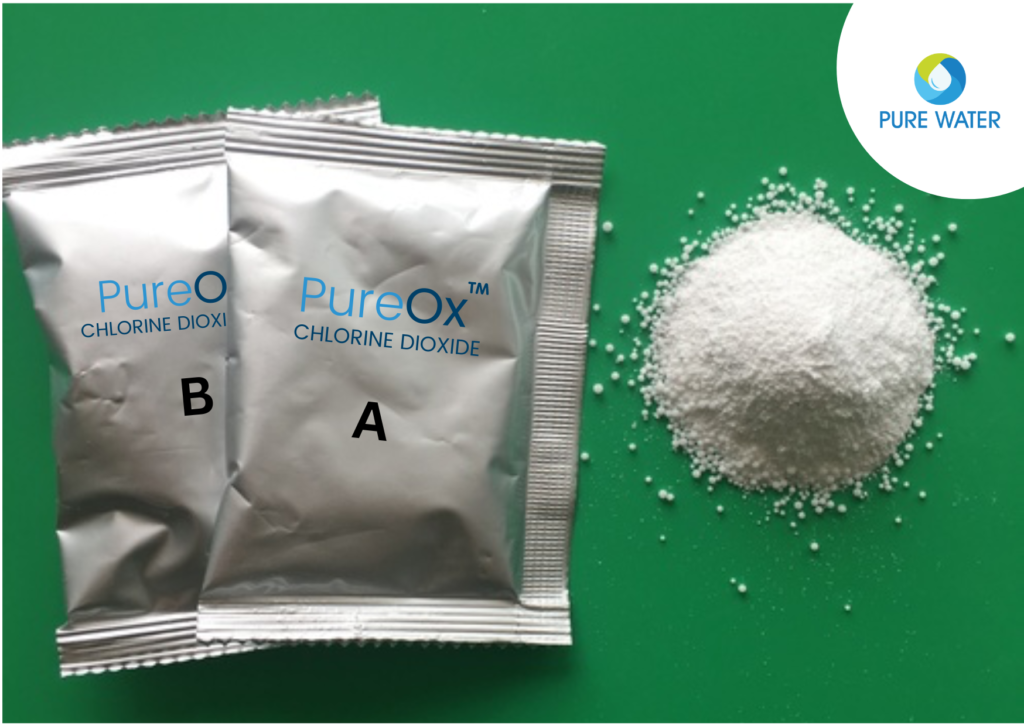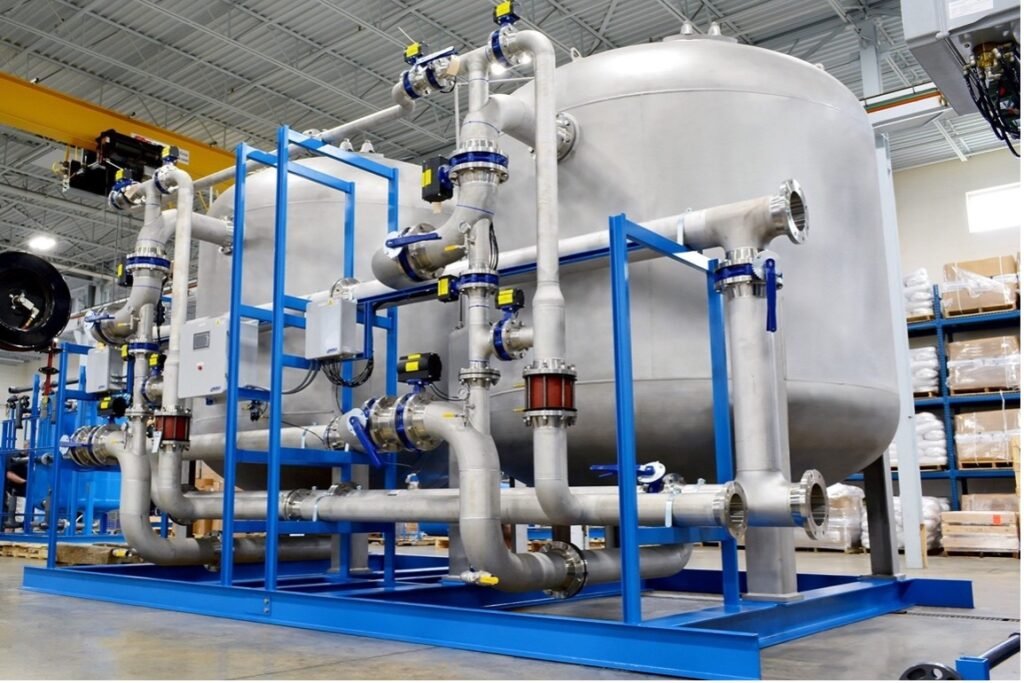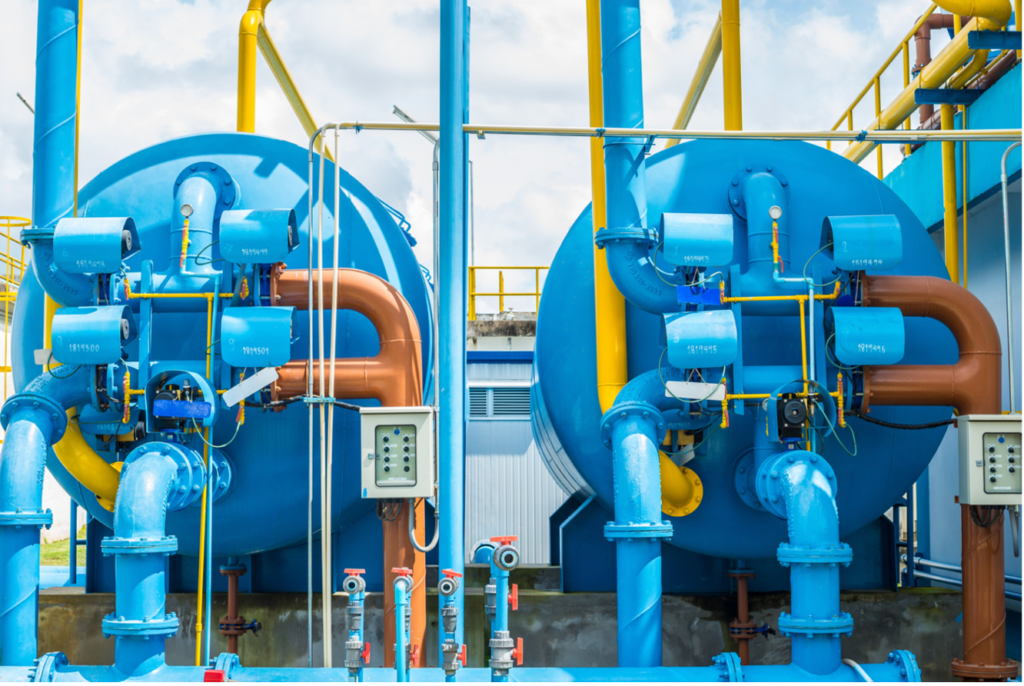
Water disinfection is crucial in the aquaculture industry to maintain the health and well-being of fish and other aquatic species. Some of the main reasons why water disinfection is important in aquaculture include:
- Controlling the spread of disease: Disease can spread rapidly in an aquaculture facility, particularly when fish are kept in close quarters. Water disinfection helps to control the spread of disease by killing pathogens and microorganisms that can harm fish.
- Improving water quality: Disinfecting water helps to improve its overall quality by reducing the levels of contaminants such as bacteria, viruses, and other microorganisms. This can lead to better growth and survival rates for fish and other aquatic species.
- Reducing the need for antibiotics: Water disinfection can help to reduce the need for antibiotics and other chemicals that are used to control disease in fish. This can help to promote a more sustainable and environmentally friendly aquaculture industry.
- Enhancing fish health: Clean water is essential for the overall health and well-being of fish. Proper water disinfection can help to prevent disease and improve fish health, which can lead to better growth and survival rates.
- Maintaining water conditions: Proper water disinfection helps to maintain optimal water conditions in an aquaculture facility, which is essential for the survival and growth of fish. This includes maintaining pH, temperature, oxygen levels and many other parameters to create a suitable environment for fish growth.
In summary, water disinfection is essential in the aquaculture industry to keep aquatic species healthy and to maintain a safe and sustainable environment for fish growth.
Chlorine dioxide is used in the aquaculture industry as a water disinfectant to control the growth of microorganisms and pathogens that can harm fish and other aquatic species. There are several ways to use chlorine dioxide in aquaculture:
- In-feed: Chlorine dioxide can be added to fish feed in the form of a dry powder or liquid solution. This method allows the fish to consume the disinfectant directly and can be effective in preventing the spread of disease.
- Water treatment: Chlorine dioxide can be added to the water supply in the form of a liquid or gas. This method allows the disinfectant to be distributed evenly throughout the water, effectively killing microorganisms and pathogens.
- Dipping and bathing: Fish can be dipped or bathed in a chlorine dioxide solution to disinfect the fish’s skin and remove any external parasites or pathogens.
- Surface and equipment: Chlorine dioxide can be used to disinfect surfaces and equipment in the aquaculture facility, such as tanks, filters, and other equipment.
- Biofiltration: Chlorine dioxide is used as a biofiltration method to remove organic matter, nitrogen and other waste products from the water.
It’s important to note that the correct dosage, and application method of chlorine dioxide should be determined by a professional and should be based on the specific conditions of the aquaculture facility, including the species of fish being raised, the volume of water, and the levels of contaminants present.
We at Pure Water Enterprises are here to help aquaculture farmers grow their business exponentially and outgrow competitors in this rapidly evolving industry.
Get in touch with us at info@purewaterent.net, to know more about our Chlorine Dioxide offerings for improving pond health and fulfilling your farms true potential.







About The Author: Pure Water
More posts by Pure Water